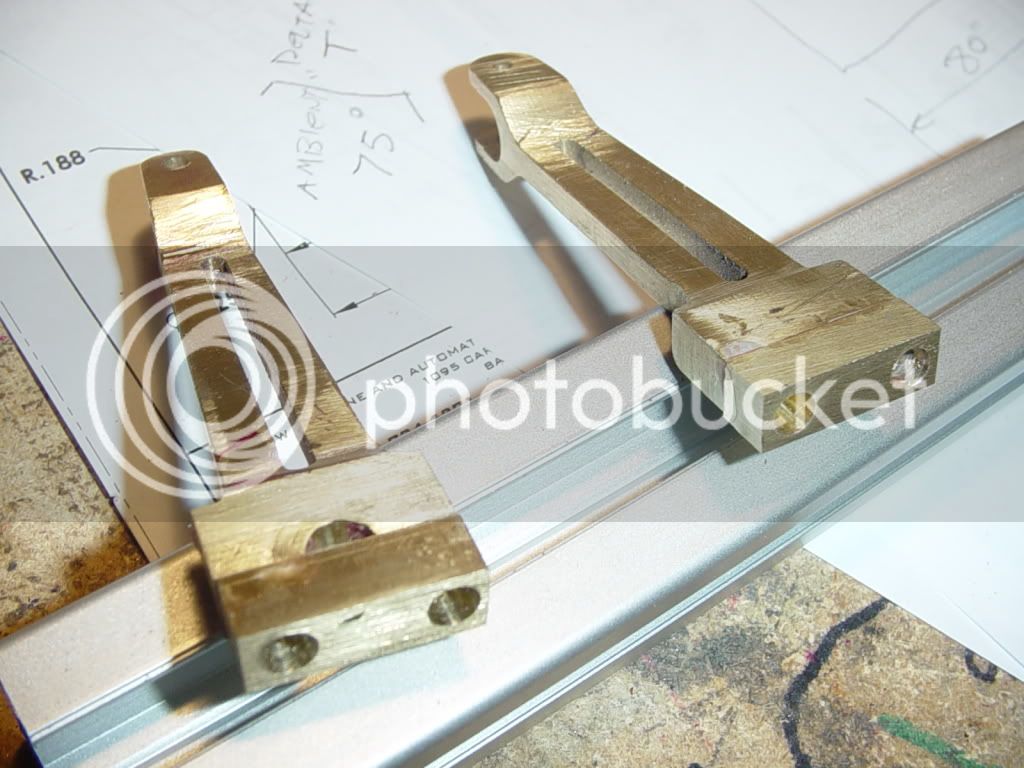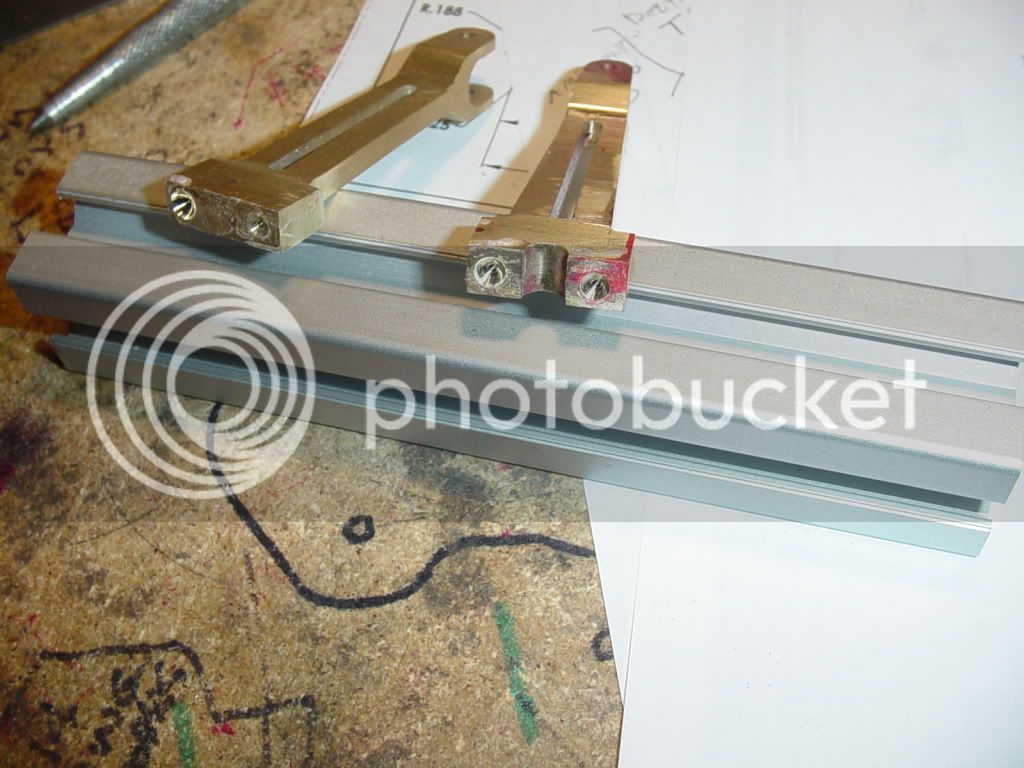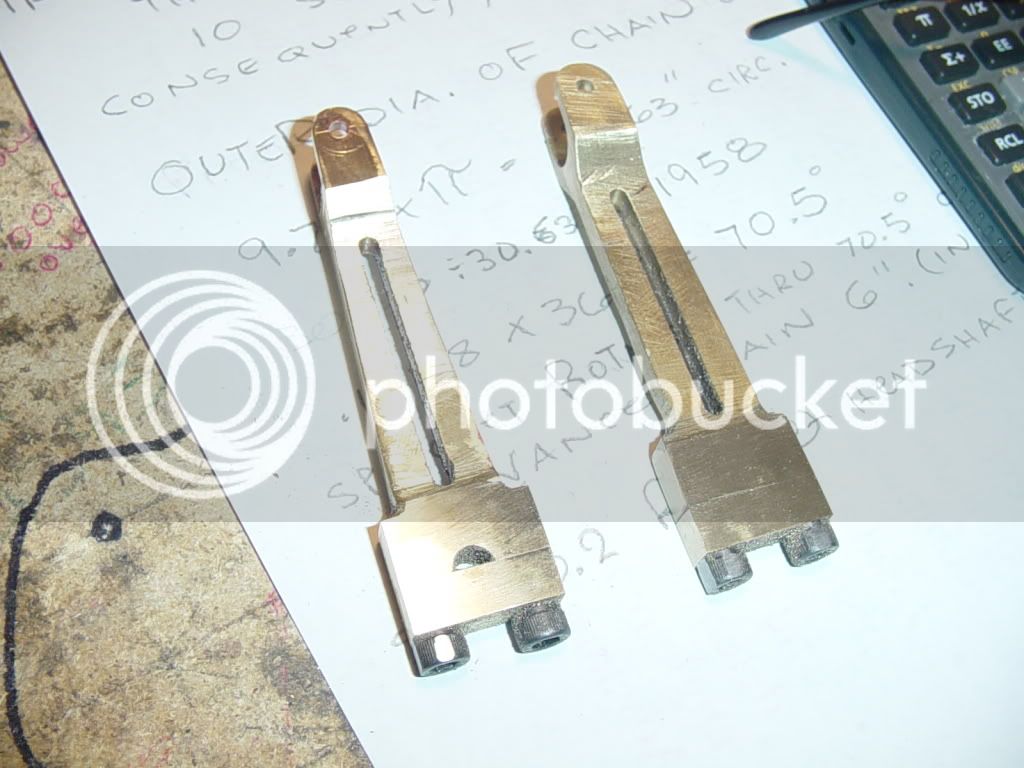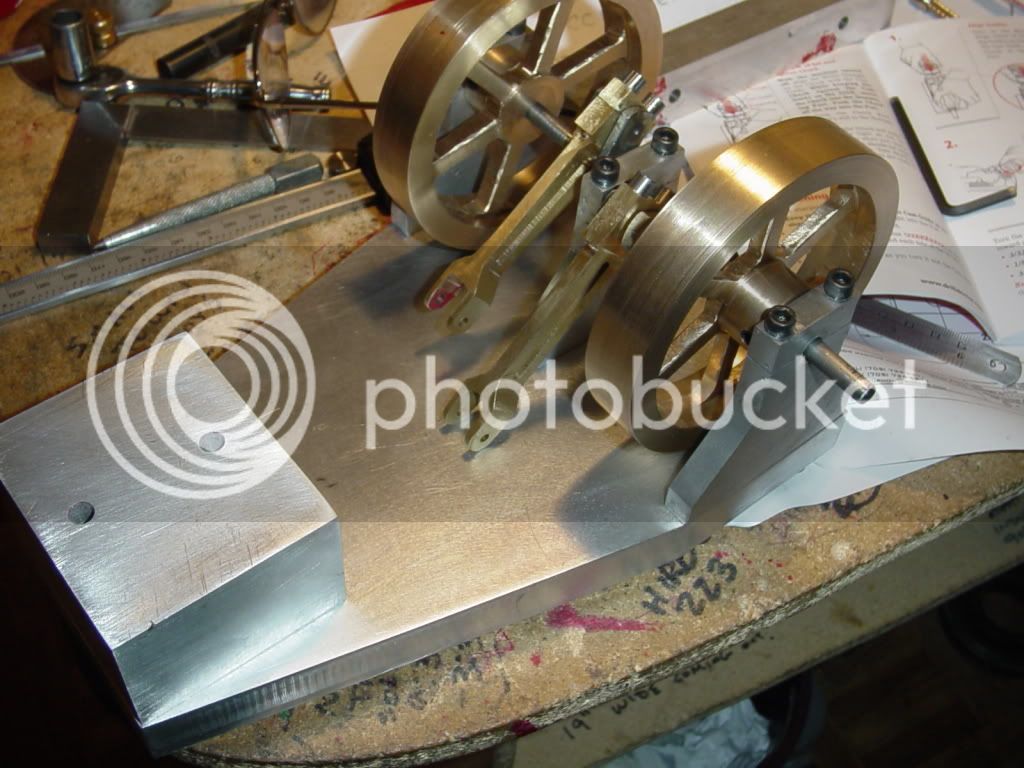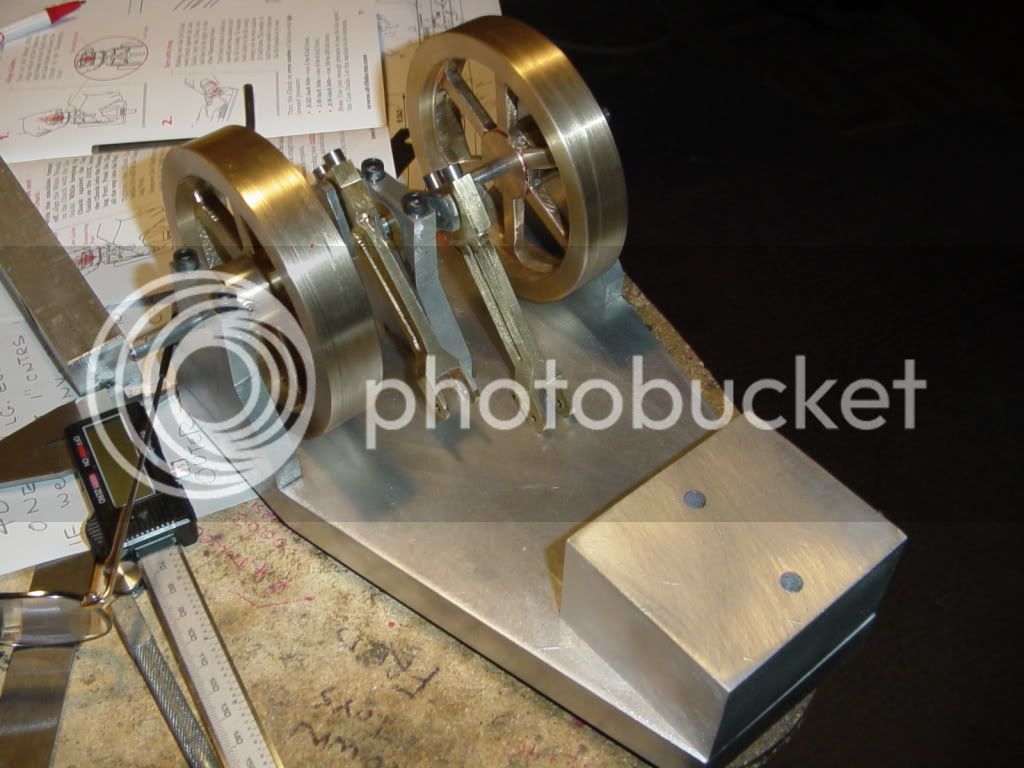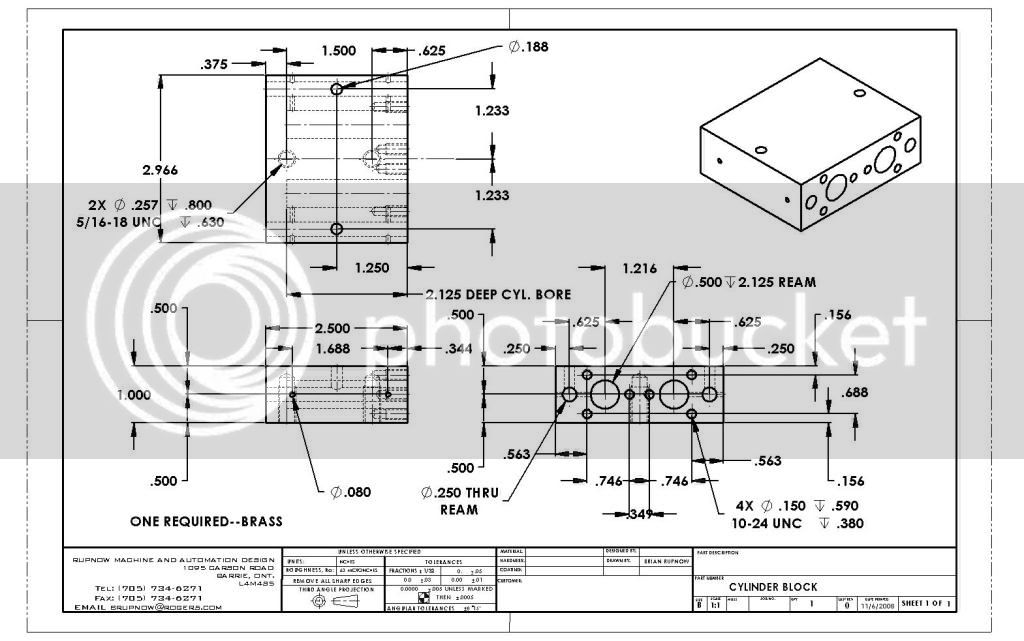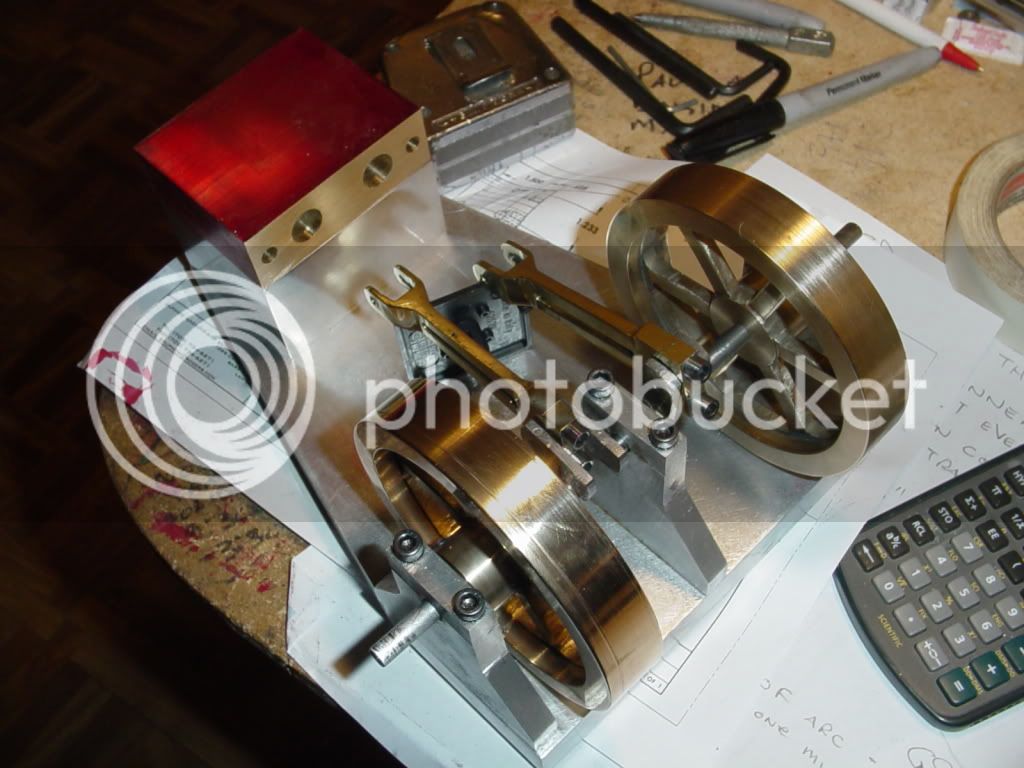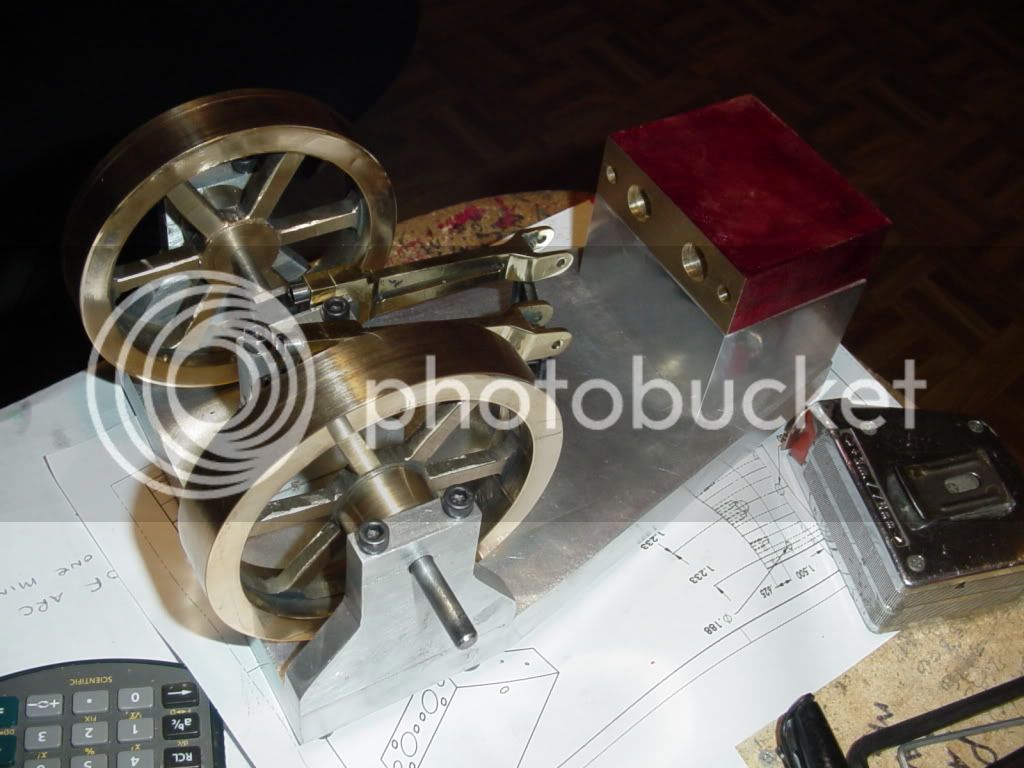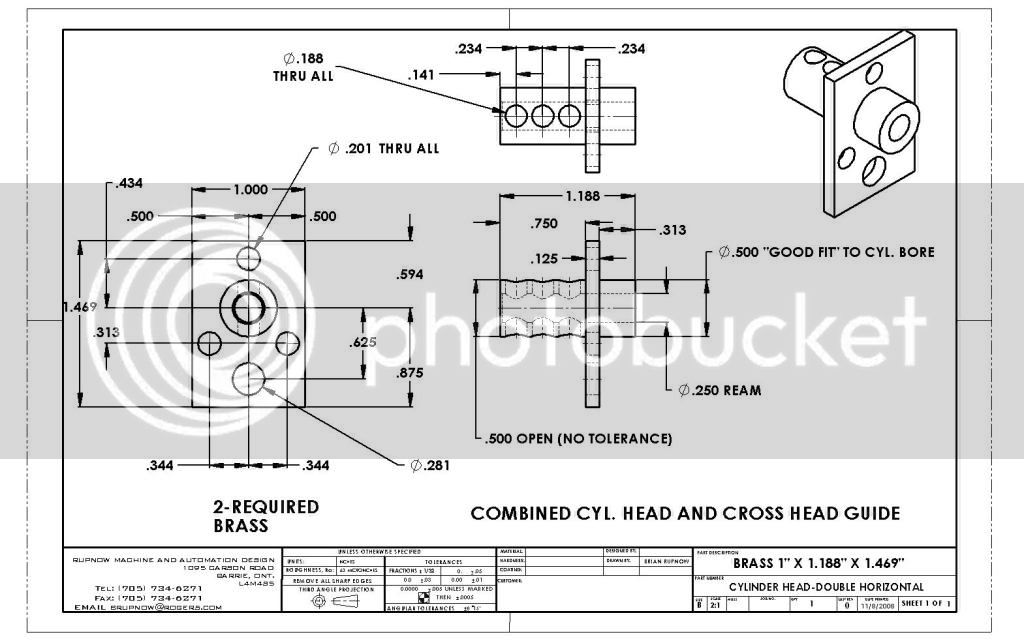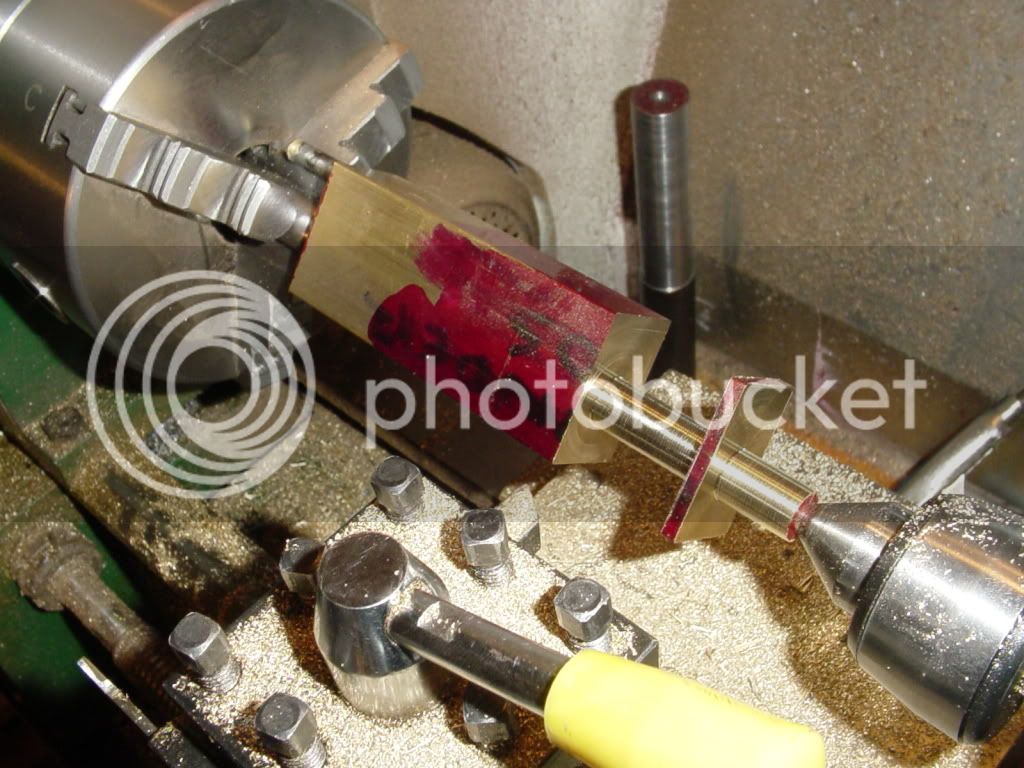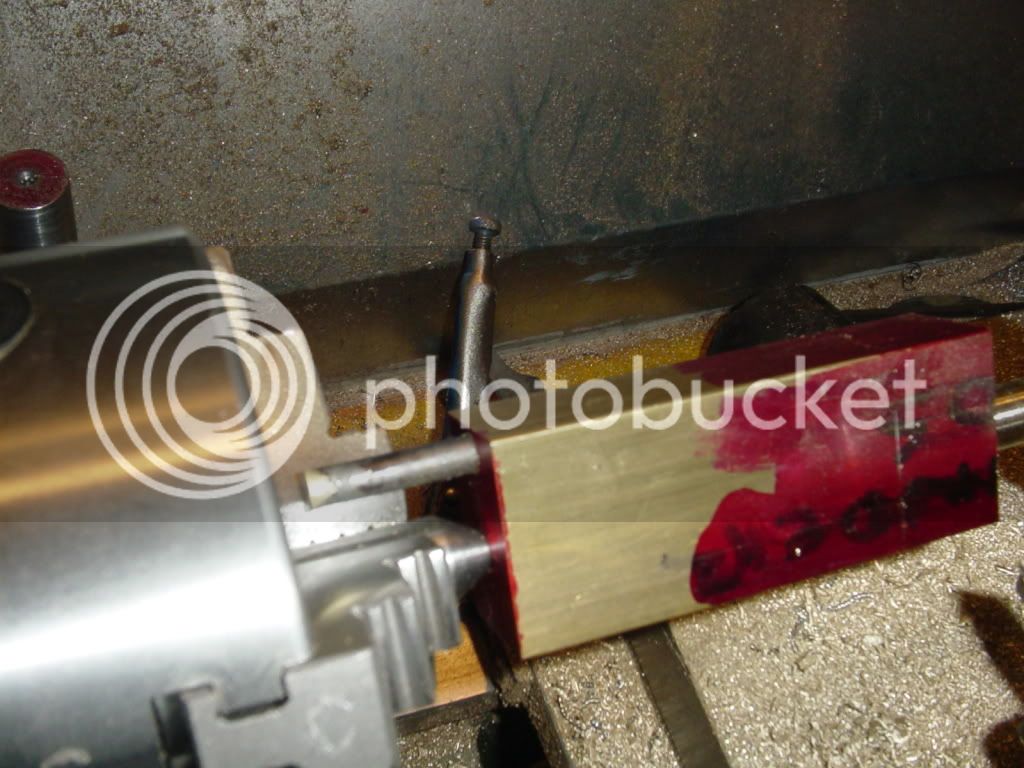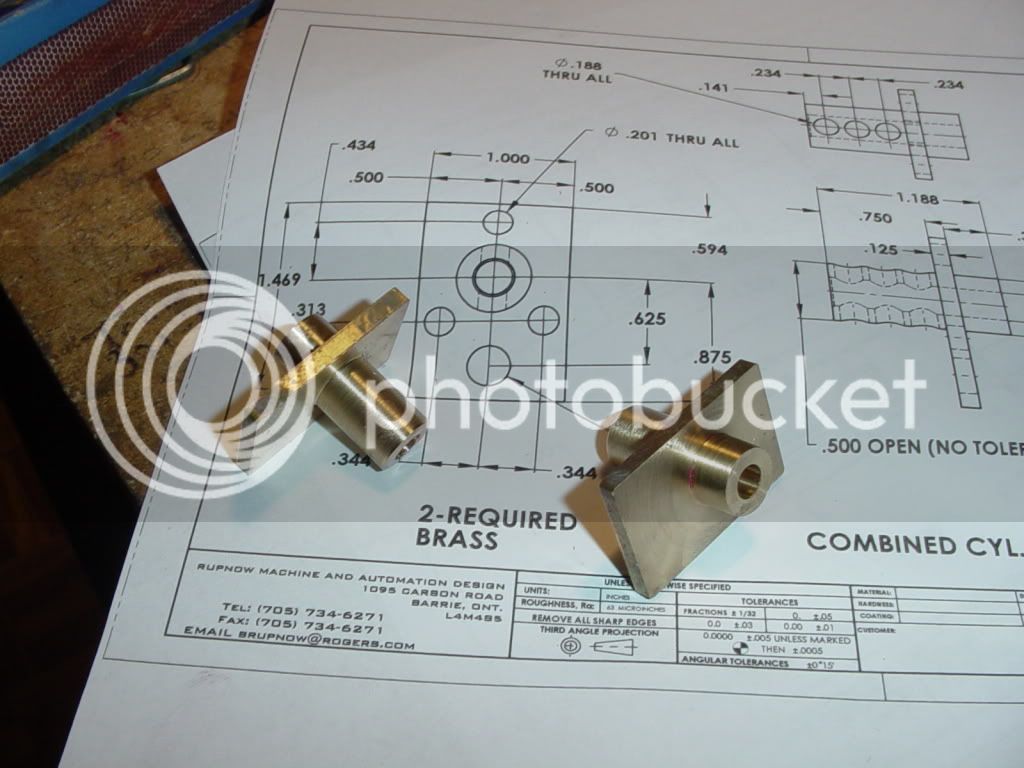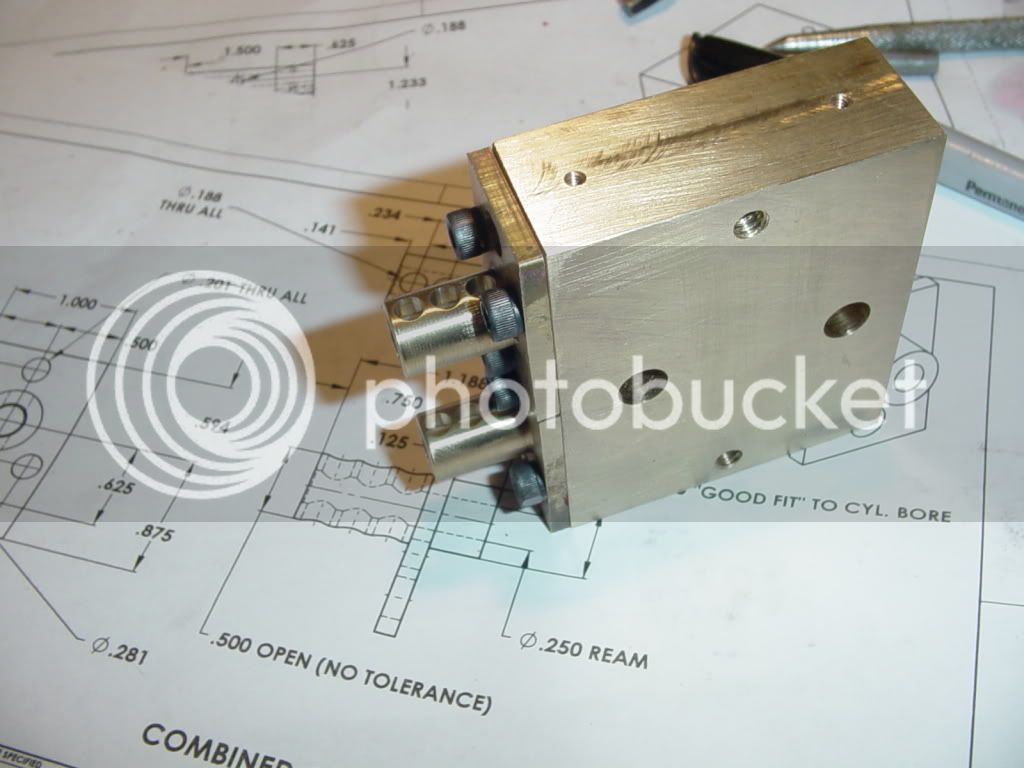Maryak
Well-Known Member
- Joined
- Sep 12, 2008
- Messages
- 4,990
- Reaction score
- 77
Brian,
Thanks for your kind words. Compared to many members here my efforts are very ordinary to say the least :
For me it's not so much the accuracy, but the accuracy combined with the excellent finishes I have looked at. I guess I'm just too impatient. :-[
Your machining skills and your recovery from, Oh S@#t, situations would be the envy of many.
Best Regards
Bob
Thanks for your kind words. Compared to many members here my efforts are very ordinary to say the least :
For me it's not so much the accuracy, but the accuracy combined with the excellent finishes I have looked at. I guess I'm just too impatient. :-[
Your machining skills and your recovery from, Oh S@#t, situations would be the envy of many.
Best Regards
Bob





